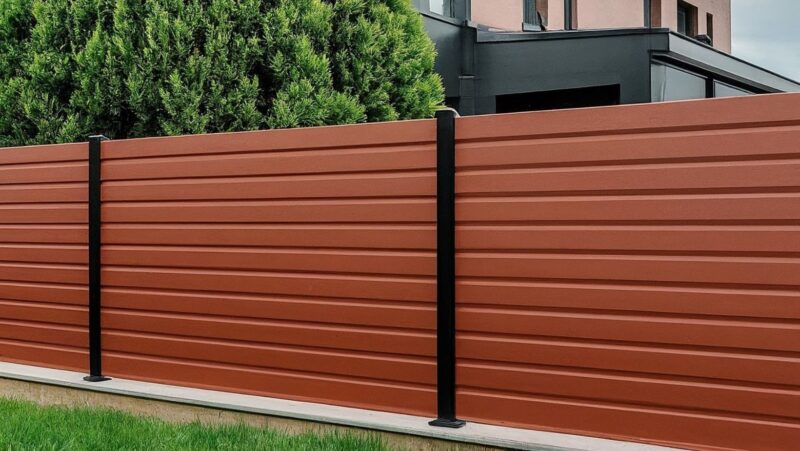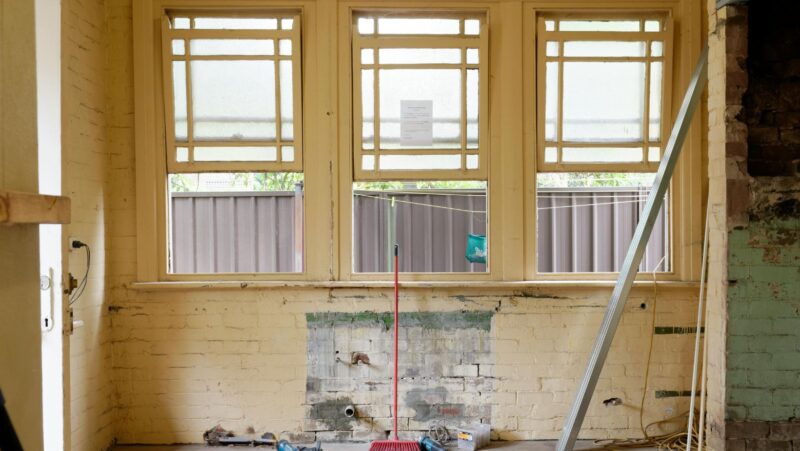Adding a lift or elevator is now becoming a trend in many modern home designs. Fenston & Cromwell, a provider of premium home elevators, has been witness to this ongoing event. Many homeowners have realized the various benefits that an elevator can bring. The upsides can range from convenience and accessibility to a touch of luxury.
This article will inform you about the advantages of installing a home elevator and also serve as a guide for transforming your residence with an elevator.
Table of Contents
ToggleHow Do You Assess Your Elevator Space Requirements?
Knowing the space requirements for your home elevator installation is the first step. You will also need to ensure that your chosen elevator is seamlessly integrated into your living space while catering to your specific needs and preferences.
Identify Any Mobility Challenges
Do you have a family member with disabilities or elderly members who struggle with stairs? The answer to these questions can help you identify the necessity and placement of your elevator.
Consider Your Home Space Limitations
The available space in your home often dictates where you will install the elevator. You will need to consider various factors, such as:
- Your home’s actual floor plans
- Physical structure
- Architectural design
Make sure you have measured the dimensions of your planned elevator locations, including ceiling height, floor area, and any obstructions that may affect the installation.
Consider Your Lifestyle Needs
Do you want to streamline your daily tasks, such as carrying groceries or laundry between house floors? Do you see the elevator as a convenient means for your guests, or will it improve the resale value of your home? Your lifestyle needs can help guide your decisions with regard to elevator size, location, and features.
Consult with Elevator Experts
Professionals, such as elevator installers or architects, can give you insights into the technical aspects of the installation. Meanwhile, interior designers can advise on the design aspect. They can also provide valuable advice on how to:

- Optimize your home space
- Comply with building codes
- Select the most suitable elevator model for your home
Explore Your Elevator Type Options
There are several types of home elevators available for your home., such as hydraulic, traction, or pneumatic lifts. Here are the things you need to know about them.
Hydraulic Elevators
Hydraulic elevators are the most popular choice for homes due to their smooth and quiet operation. They use hydraulic pistons to move the elevator car but require a machine room or space for the hydraulic pump.
Hydraulic lifts have higher weight capacities and are well-suited for multiple floors. Nevertheless, they may require more extensive installation due to the need for a pit and overhead space.
Pros:
- Silent and smooth operation
- Higher weight capacity
- Suitable for multiple home floors
Cons:
- Requires a machine room or hydraulic equipment space
- More extensive installation may be necessary
Traction Elevators
Traction elevators use steel cables and counterweights to move the elevator car. Unlike hydraulics, they do not require a machine room, as the system is housed within the elevator shaft.
Traction elevators are versatile and can accommodate many architectural designs, including space configurations.
Pros:
- Energy-efficient operation
- Smooth rides
- No machine room is required
Cons:
- Limited weight capacity compared to hydraulic lifts
- It may require additional structural support
Pneumatic Elevators
Pneumatic elevators are also known as vacuum or air-driven elevators. They operate by creating a pressure difference to move the elevator car within a transparent tube. Pneumatics offer a modern and space-saving design, requiring minimal construction and installation time. Pneumatic elevators are suitable for single or dual-level homes.
Pros:
- Space saver
- Minimal construction and installation requirement
- Modern and futuristic design
Cons:
- Limited weight capacity
- Mostly suitable for single or dual-level homes
Planning and Preparation
Before you start on the actual installation, you must first secure the necessary permits and approvals from local authorities. Collaborate with your architect or contractor to ensure that all the design intricacies and logistics are met. Moreover, your installation budget should also account for any unforeseen installation expenses.
Installation Process
Installing your elevator will take several steps as follows:
- Prepare the site
- Carry out any necessary structural modification
- Install the lift and its components
- Install the wiring and electrical connections.
- Conduct rigorous testing and inspection to ensure the elevator operates as planned and complies with all the required safety standards.
Maintenance and Upkeep
Regular maintenance can lengthen your elevators’ service life. Simple upkeep practices, such as routine cleaning and lubrication of moving components, can go a long way to keeping your elevator functioning at optimum.

You should also keep the contact details of your elevator provider handy in case of emergency repairs.
Safety Considerations
Most elevators have an array of safety features, from emergency stop mechanisms to interlocks for preventing unauthorized access. You need to acquaint yourself with these features and any guidelines provided by the installer to ensure the safe operation of the elevator.
Conclusion
Installing an elevator can significantly improve your home in terms of convenience and accessibility for family members and guests. It can also drive up your home’s property value. The installation will take several steps, including assessing your space requirements and selecting the best elevator type for your home. You should conduct regular maintenance and follow safety procedures to ensure your elevator remains dependable for years to come.





